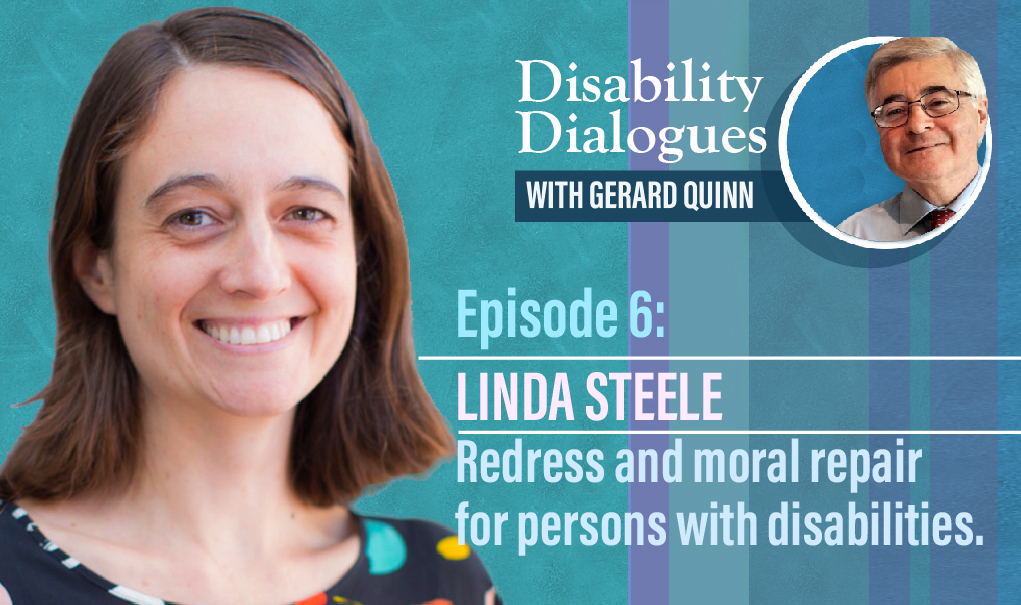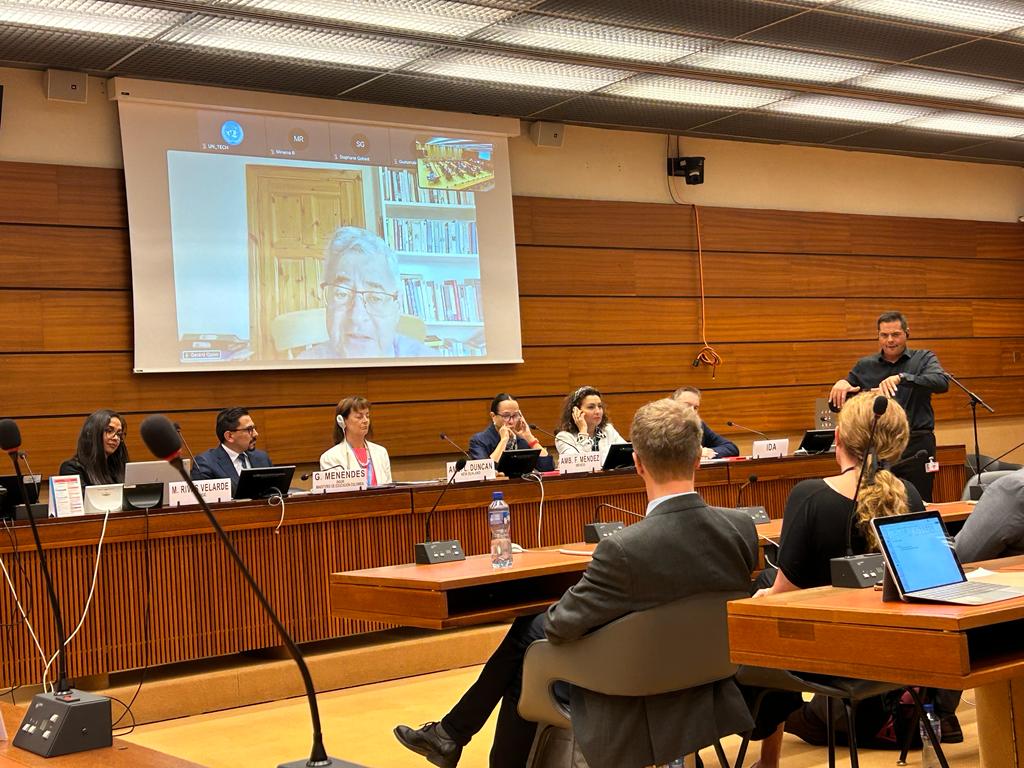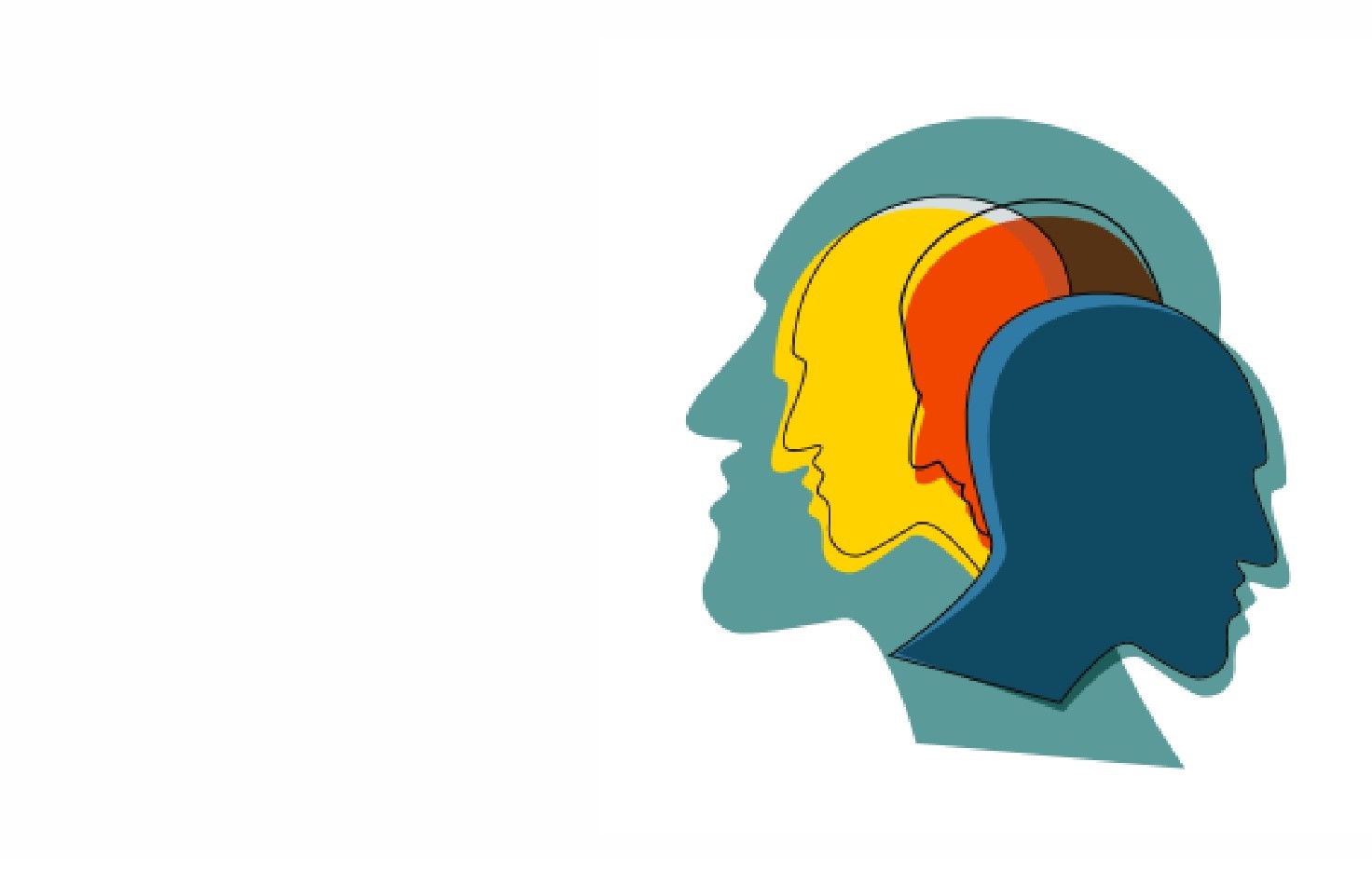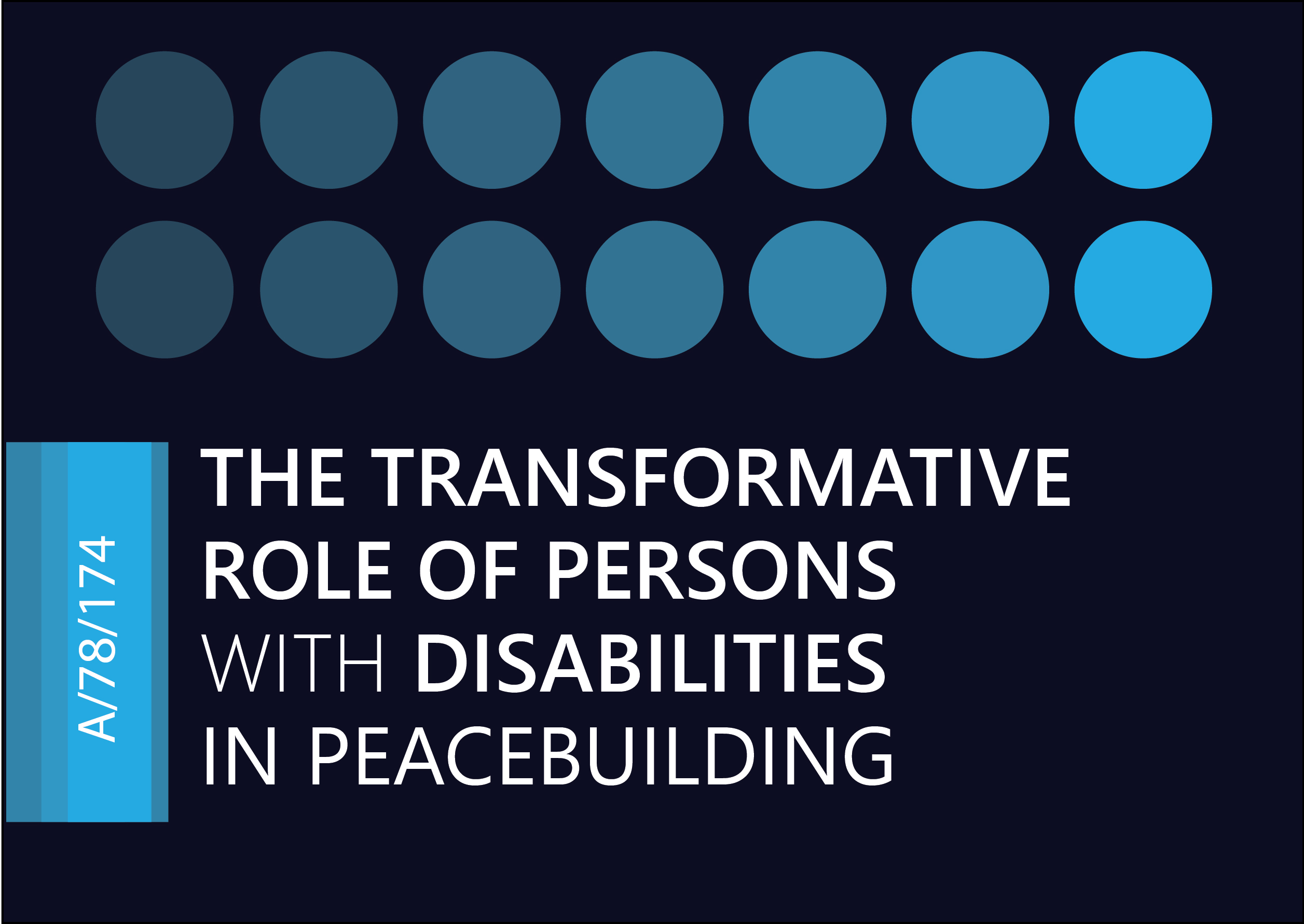Prof. Quinn presented his latest report to the UN General Assembly, dedicated to enhancing the protection of persons with disabilities in military operations. "Our aim is to reduce the lethality of conflicts and to address the plight of civilians with disabilities who have been, for too long, neglected in the field", he explained.
Peace is the highest value secured by international law and stands as an essential precondition for the enjoyment of all human rights. Conflict is not a legitimate course of action to resolve political disputes. On this the conscience of humanity is united. On this international law is rock solid.
However, as we all can see around the world today, conflicts have not gone away. The human misery wrought by them is flagrant and atrocious. Civilians have always been the innocent victims – and must somehow pick up the pieces when the arms fall silent.
We now have two complementary funds of international law norms covering the civilian protection of persons with disabilities during armed conflicts – international humanitarian law (IHL) and the UN convention on the rights of persons with disabilities (UN CRPD). My Report is about how these two funds of treaty-based norms can work better together.
Allow me to remind you that the text of the 4th Geneva Convention of 1949 specifically includes persons with disabilities within its protective embrace from its inception (but framed them as the ‘sick and infirm’). And so, the disability community does not call for new norms dealing with civilian protection – they are already there since 1949. But they have remained largely dormant. What the disability community calls for is to make these protections visible and to apply them effectively to face the real life circumstances experienced by persons with disabilities in conflict.
The UN convention on the rights of persons with disability assists in refreshing IHL. In a way, the UN CRPD removes the blinders and compels protagonists to ‘see’ persons with disabilities and adjust their behaviour accordingly. This is essentially a visibility project. What it reveals are profound problems communicating effective warnings to persons with disabilities, non-inclusive evacuation processes, the indiscriminate use of ordinance that has a disproportionately traumatising effect, the absence of effective and feasible precautionary measures, the invisibility of persons with disability in military doctrine and training and so on. What it demands is that these problems – which all grow from invisibility – are reversed.
To my mind, the UN CRPD assists in this visibility project within IHL by emphasising that the old medical model of disability in IHL is updated by the newer human rights-based model of disability. This has practical effects. For example, the accumulated disadvantages faced by persons with disabilities must be factored into account in both doctrine and practice. These disadvantages are ignored by the medical model but surface and become salient once we migrate to the human rights model.
Our Thematic Report can be seen as a contribution to advance the goals of the historic UN Security Council Resolution 2475 (2019) – ‘Protection of persons with disabilities in armed conflict…’. And our analysis is fully consistent with the valuable work already done by the International Committee of the Red Cross, the Geneva Academy and Diakonia International Humanitarian Law Centre among others. Our Recommendations are directed to a variety of actors in the system including States, military authorities, regional security bodies, the UN system, the ICRC and humanitarian bodies and civil society organisations. They all, in their own way, serve to raise the visibility of persons with disability in IHL and therefore reduce human suffering.
A word about process. To produce this Report we cooperated closely with the ICRC, the International Disability Alliance, and the Diakonia IHL Centre and convened regional meetings around the world bringing together military authorities with organisations of persons with disabilities. This unique set of convenings – the first of its kind in the world – directly enriched and informed our analysis and recommendations. I would like to thank the ICRC, IDA, and Diakonia for their wholesome support.
Last, let me just say that our aim is not a more inclusive form of warfare. No. Our aim is to reduce the lethality of conflicts and to address the plight of civilians with disabilities who have been, for too long, neglected in the field. Our hope is that our Report will contribute to this process of change and thus enhance the momentum to give practical effect to Security Council Resolution 2475.
Our next Thematic Report in this series (three reports in all) will focus on the positive moral agency of persons with disabilities and their collective voice in peace building processes. Ultimately, societies torn apart by conflict have to be mended and persons with disabilities have unique insights to offer in building more inclusive and sustainable societies to the benefit of all.






